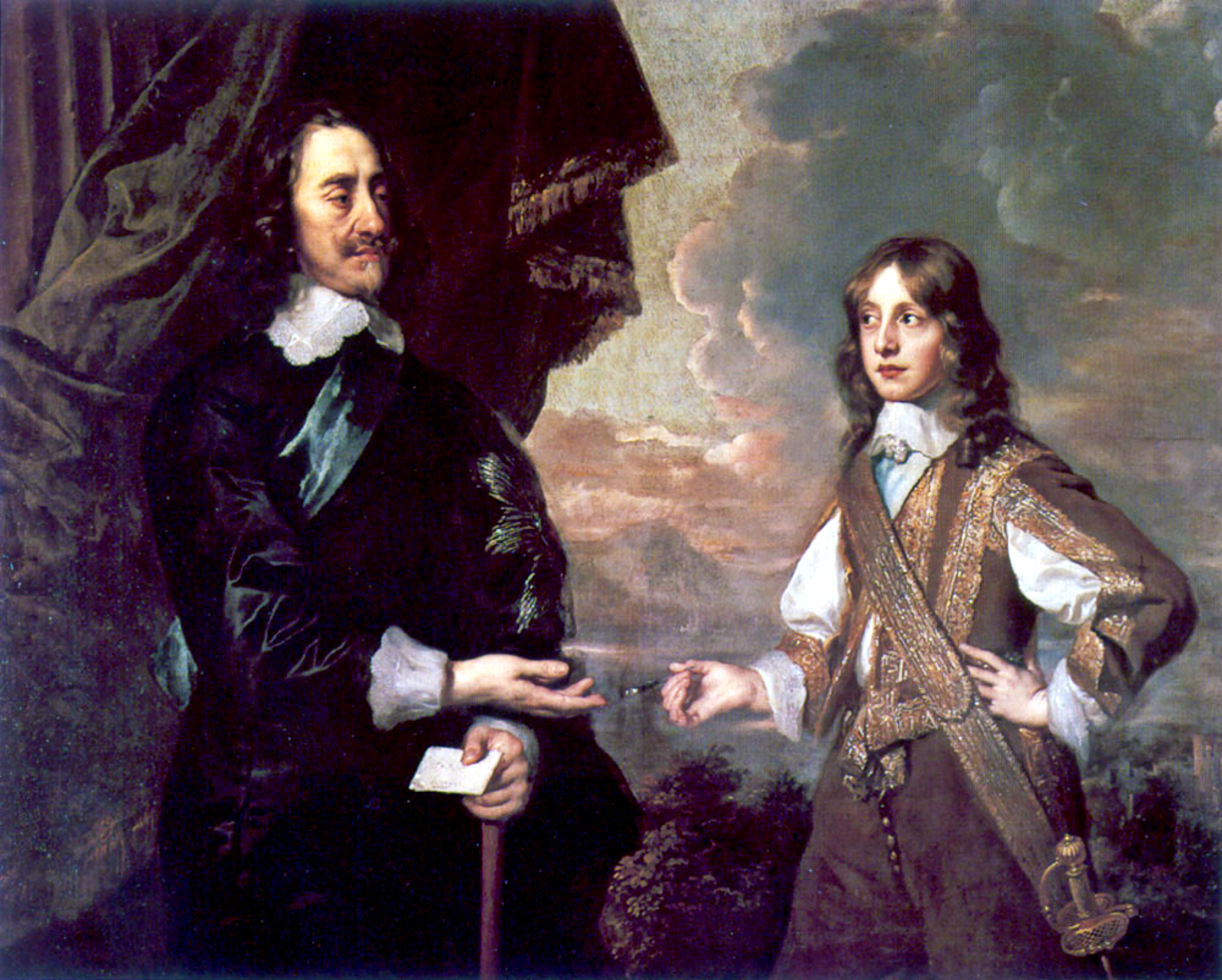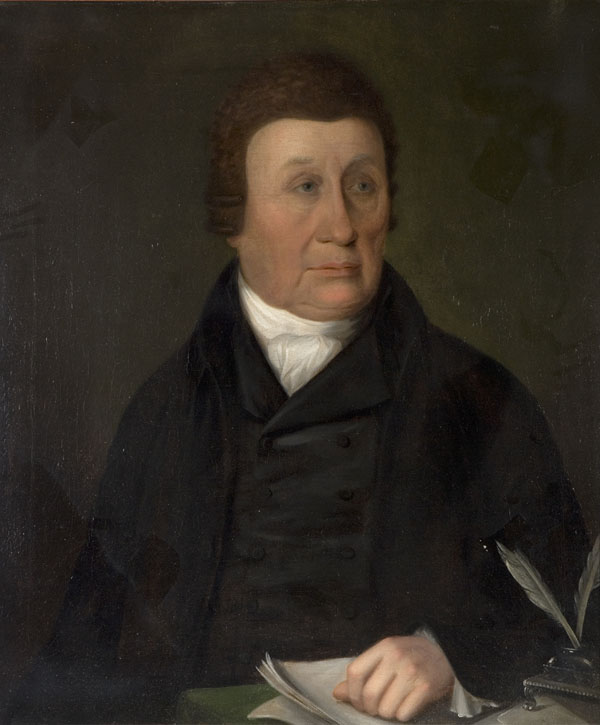|
Lagerhjelm Family
The Lagerhjelm family () was a Swedish noble family, that rose to prominence with Johan Staffander (1628–1680). In 1668, the Lagerhjelm family was elevated to noble rank in the Kingdom of Sweden. It was associated with the Bofors Works in Karlskoga, where members of the family served as ironmasters. Ironmaster Pehr Lagerhjelm acquired the Bofors Works in Karlskoga, his work there made him a pioneering industrialist. In 1853, Lagerhjelm sold it to his sons Gustaf Reinhold and Per Erland Lagerhjelm. Per Erland Lagerhjelm procured more Lancashire hearths. See also * List of Swedish noble families This is a list of Swedish noble families, which are divided into two main groups: * Introduced nobility, i.e. noble families introduced at the Swedish House of Nobility *Unintroduced nobility, i.e. noble families which have not been introduced at ... Notes References Citations Works cited * {{cite book , last=Steckzén , first=Birger , url= , title=Bofors histo ... [...More Info...] [...Related Items...] OR: [Wikipedia] [Google] [Baidu] |
Sweden
Sweden, ; fi, Ruotsi; fit, Ruotti; se, Ruoŧŧa; smj, Svierik; sje, Sverji; sju, Sverje; sma, Sveerje or ; yi, שוועדן, Shvedn; rmu, Svedikko; rmf, Sveittiko. formally the Kingdom of Sweden, is a Nordic countries, Nordic country located on the Scandinavian Peninsula in Northern Europe. It borders Norway to the west and north, and Finland to the east. At , Sweden is the largest Nordic country and the List of European countries by area, fifth-largest country in Europe. The Capital city, capital and largest city is Stockholm. Sweden has a population of 10.5 million, and a low population density of ; around 87% of Swedes reside in urban areas in the central and southern half of the country. Sweden’s urban areas together cover 1.5% of its land area. Because the country is so long, ranging from 55th parallel north, 55°N to 69th parallel north, 69°N, the climate of Sweden is diverse. Sweden has been inhabited since Prehistoric Sweden, prehistoric times, . T ... [...More Info...] [...Related Items...] OR: [Wikipedia] [Google] [Baidu] |
Dynasty
A dynasty is a sequence of rulers from the same family,''Oxford English Dictionary'', "dynasty, ''n''." Oxford University Press (Oxford), 1897. usually in the context of a monarchical system, but sometimes also appearing in republics. A dynasty may also be referred to as a "house", "family" or "clan", among others. Historians periodize the histories of many states and civilizations, such as Ancient Iran (3200 - 539 BC), Ancient Egypt (3100 – 30 BC) and Ancient and Imperial China (2070 BC – AD 1912), using a framework of successive dynasties. As such, the term "dynasty" may be used to delimit the era during which a family reigned. Before the 18th century, most dynasties throughout the world have traditionally been reckoned patrilineally, such as those that follow the Frankish Salic law. In polities where it was permitted, succession through a daughter usually established a new dynasty in her husband's family name. This has changed in all of Europe's remaining ... [...More Info...] [...Related Items...] OR: [Wikipedia] [Google] [Baidu] |
Noble Family
Nobility is a social class found in many societies that have an aristocracy. It is normally ranked immediately below royalty. Nobility has often been an estate of the realm with many exclusive functions and characteristics. The characteristics associated with nobility may constitute substantial advantages over or relative to non-nobles or simply formal functions (e.g., precedence), and vary by country and by era. Membership in the nobility, including rights and responsibilities, is typically hereditary and patrilineal. Membership in the nobility has historically been granted by a monarch or government, and acquisition of sufficient power, wealth, ownerships, or royal favour has occasionally enabled commoners to ascend into the nobility. There are often a variety of ranks within the noble class. Legal recognition of nobility has been much more common in monarchies, but nobility also existed in such regimes as the Dutch Republic (1581–1795), the Republic of Genoa (1005–1 ... [...More Info...] [...Related Items...] OR: [Wikipedia] [Google] [Baidu] |
National Archives Of Sweden
The National Archives of Sweden (Swedish: ''Riksarkivet'', RA) is the official archive of the Swedish government and is responsible for the management of records from Sweden's public authorities. Although the archives functions primarily as the government archive, it also preserves some documents from private individuals and non-public organizations. The mission of the archives is to collect and preserve records for future generations. Organization The National Archives of Sweden is a state administrative authority, organized under the Ministry of Culture. The head of The National Archives, known as the Riksarkivarie in Swedish, works alongside of staff responsible for strategic issues, and overall coordination and development. The position is currently held by Karin Åström Iko. The structure of the organization is divided into five departments: the Regional Department, National Department, Department of Conservation and Digital Infrastructure, Department of Public Informat ... [...More Info...] [...Related Items...] OR: [Wikipedia] [Google] [Baidu] |
Nobility
Nobility is a social class found in many societies that have an aristocracy (class), aristocracy. It is normally ranked immediately below Royal family, royalty. Nobility has often been an Estates of the realm, estate of the realm with many exclusive functions and characteristics. The characteristics associated with nobility may constitute substantial advantages over or relative to non-nobles or simply formal functions (e.g., Order of precedence, precedence), and vary by country and by era. Membership in the nobility, including rights and responsibilities, is typically Hereditary title, hereditary and Patrilinearity, patrilineal. Membership in the nobility has historically been granted by a monarch or government, and acquisition of sufficient power, wealth, ownerships, or royal favour has occasionally enabled commoners to ascend into the nobility. There are often a variety of ranks within the noble class. Legal recognition of nobility has been much more common in monarchies, ... [...More Info...] [...Related Items...] OR: [Wikipedia] [Google] [Baidu] |
Kingdom Of Sweden
Sweden, ; fi, Ruotsi; fit, Ruotti; se, Ruoŧŧa; smj, Svierik; sje, Sverji; sju, Sverje; sma, Sveerje or ; yi, שוועדן, Shvedn; rmu, Svedikko; rmf, Sveittiko. formally the Kingdom of Sweden, is a Nordic country located on the Scandinavian Peninsula in Northern Europe. It borders Norway to the west and north, and Finland to the east. At , Sweden is the largest Nordic country and the fifth-largest country in Europe. The capital and largest city is Stockholm. Sweden has a population of 10.5 million, and a low population density of ; around 87% of Swedes reside in urban areas in the central and southern half of the country. Sweden’s urban areas together cover 1.5% of its land area. Because the country is so long, ranging from 55°N to 69°N, the climate of Sweden is diverse. Sweden has been inhabited since prehistoric times, . The inhabitants emerged into history as the Geats ( sv, Götar, links=no) and Swedes (), which together constituted the ... [...More Info...] [...Related Items...] OR: [Wikipedia] [Google] [Baidu] |
Bofors
AB Bofors ( , , ) is a former Swedish arms manufacturer which today is part of the British arms concern BAE Systems. The name has been associated with the iron industry and artillery manufacturing for more than 350 years. History Located in Karlskoga, Sweden, the company originates from the hammer mill "Boofors", which was founded as a royal state-owned company in 1646. The modern corporate structure was created in 1873 with the foundation of Aktiebolaget (AB) Bofors-Gullspång. The Bofors Works was acquired by Johan Eberhard Geijer in 1762. It was then acquired by the latter's brother, Emanuel af Geijerstam. A leading Swedish steel producer by the early 1870s, when steel began to be used for gun manufacture in Sweden, Bofors initially sold cast and forged steel produced by the Siemens-Martin process to Finspång gun works, but soon started to expand into weapons manufacture. The company's first cannon workshop was opened in 1884. Bofors' most famous owner was Alf ... [...More Info...] [...Related Items...] OR: [Wikipedia] [Google] [Baidu] |
Karlskoga
Karlskoga () is a locality and the seat of Karlskoga Municipality, Sweden. Located within Örebro County, 45 km (28 mi) west of Örebro, and 10 km (6 mi) north of Degerfors. With a 2020 population of 27,386 distributed over 10.55 square miles (27.33 km2), Karlskoga is the second-largest city in both Örebro County and the historical province of Värmland. Karlskoga straddles the northern shore of Lake Möckeln. Among the city's main topographical features are the two rivers, Timsälven and Svartälven. Other features include an esker, Rävåsen, contiguous with the city center. The broader Karlskoga-area differs from its bordering regions, as covered by woodlands and an uneven topography that more fitted other activities rather than agricultural practices. Karlskoga evolved around the arms manufacturer Bofors, and by 1970, it counted almost 10,000 employees. The many jobs in the arms industry during the 1900s multiplied Karlskoga's population. Today, Karlskoga is still a ... [...More Info...] [...Related Items...] OR: [Wikipedia] [Google] [Baidu] |
Ironmaster
An ironmaster is the manager, and usually owner, of a forge or blast furnace for the processing of iron. It is a term mainly associated with the period of the Industrial Revolution, especially in Great Britain. The ironmaster was usually a large scale entrepreneur and thus an important member of a community. He would have a large country house or mansion as his residence. The organization of operations surrounding the smelting, refining and casting of iron was labour-intensive, and so there would be numerous workers reliant on the furnace works. There were ironmasters (possibly not called such) from the 17th century onwards, but they became more prominent with the great expansion in the British iron industry during the Industrial Revolution. 17th century ironmasters (examples) An early ironmaster was John Winter (about 1600–1676) who owned substantial holdings in the Forest of Dean. During the English Civil War he cast cannons for Charles I. Following the Restoration, ... [...More Info...] [...Related Items...] OR: [Wikipedia] [Google] [Baidu] |
Lancashire Hearth
The Lancashire hearth was used to fine pig iron, removing carbon to produce wrought iron. Origins Until the early 19th century, the usual method of producing wrought iron involved a charcoal-fired finery in a finery forge. In the beginning of the 19th century this became an obsolete process and was slowly replaced by the coal-fueled puddling process. However, charcoal continued to be used in some forges after most of the iron industry had abandoned it for coke.R. Hayman, 'Charcoal ironmaking in nineteenth-century Shropshire' ''Economic History Review'' 61 (2008), 80-98. In 1813 when John Bradley & Co. (whose leading partner was James Foster) took over forges at Eardington in Shropshire, a potting and stamping forge, they reverted to using charcoal. In 1820, he bought Hampton Loade Forge, which then became a tinplate works and in 1826 another charcoal forge. This was followed by other charcoal forges at Horsehay in 1832 and at the Old Park ironworks of the Botfield famil ... [...More Info...] [...Related Items...] OR: [Wikipedia] [Google] [Baidu] |
List Of Swedish Noble Families
This is a list of Swedish noble families, which are divided into two main groups: * Introduced nobility, i.e. noble families introduced at the Swedish House of Nobility *Unintroduced nobility, i.e. noble families which have not been introduced at the Swedish House of Nobility, mostly consisting of foreign nobility resident in Sweden, but also including some families ennobled by the Swedish monarchs and some other groups. The introduced nobility is divided into three ranks: Comital families, Baronial families and untitled noble families (in addition, members of the royal family hold ducal titles). The unintroduced nobility consists of families of princely, ducal, marquis, comital, baronial, and untitled noble rank. This group notably includes several branches of the House of Bernadotte with foreign (princely and comital) noble titles (such as Count of Wisborg). The vast majority of both introduced and unintroduced noble families are untitled. Introduced nobility The introduced ... [...More Info...] [...Related Items...] OR: [Wikipedia] [Google] [Baidu] |







